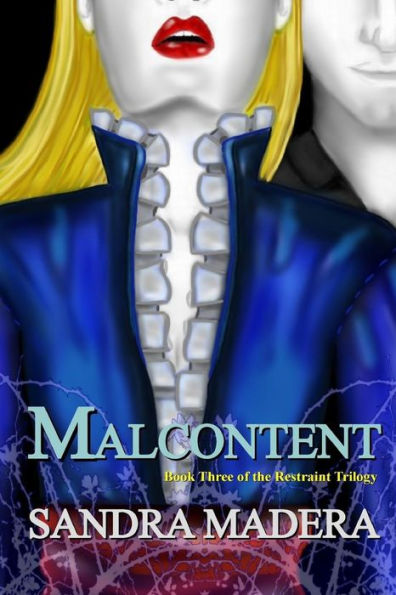Home
The Treatment of the Insane without Mechanical Restraints
Barnes and Noble
Loading Inventory...
The Treatment of the Insane without Mechanical Restraints in Franklin, TN
Current price: $48.99
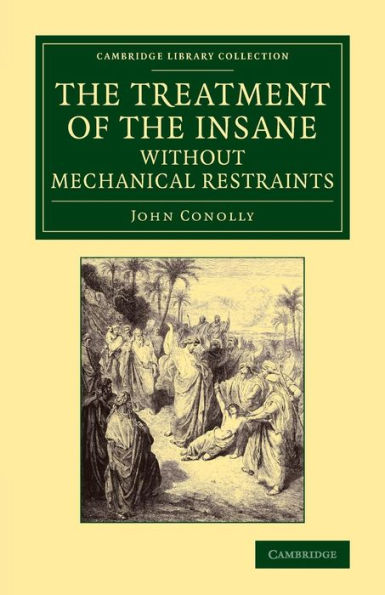
Barnes and Noble
The Treatment of the Insane without Mechanical Restraints in Franklin, TN
Current price: $48.99
Loading Inventory...
Size: OS
Trained as a physician and alienist (psychiatrist), John Conolly (1794–1866) first published this work in 1856. It describes the abolition of mechanical restraints in the treatment of mentally ill patients at the Hanwell County Asylum in Middlesex, where Conolly worked as resident physician. He argues for a system of non-restraint to be implemented as standard in all asylums, focusing on understanding patients as individuals and treating them with care and compassion. Conolly had introduced at Hanwell an innovative programme for patients that was based around positive activities, personal freedom, privacy, good-quality food, exercise, and, most importantly, the absence of any physical restraint. Though controversial at first, Conolly's enlightened methods and writings helped further the cause of humane treatment. This work remains a key text in the history of asylum reform and changing attitudes to mental illness.
Trained as a physician and alienist (psychiatrist), John Conolly (1794–1866) first published this work in 1856. It describes the abolition of mechanical restraints in the treatment of mentally ill patients at the Hanwell County Asylum in Middlesex, where Conolly worked as resident physician. He argues for a system of non-restraint to be implemented as standard in all asylums, focusing on understanding patients as individuals and treating them with care and compassion. Conolly had introduced at Hanwell an innovative programme for patients that was based around positive activities, personal freedom, privacy, good-quality food, exercise, and, most importantly, the absence of any physical restraint. Though controversial at first, Conolly's enlightened methods and writings helped further the cause of humane treatment. This work remains a key text in the history of asylum reform and changing attitudes to mental illness.
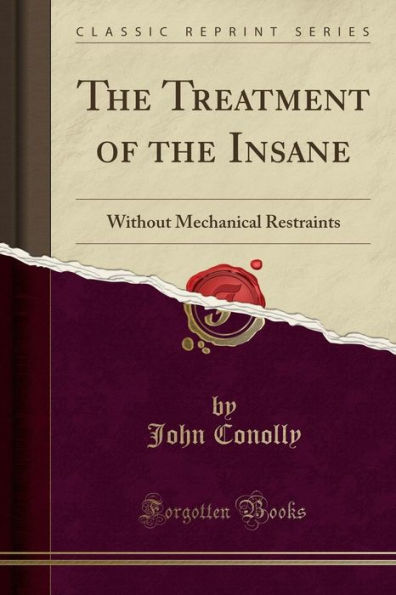

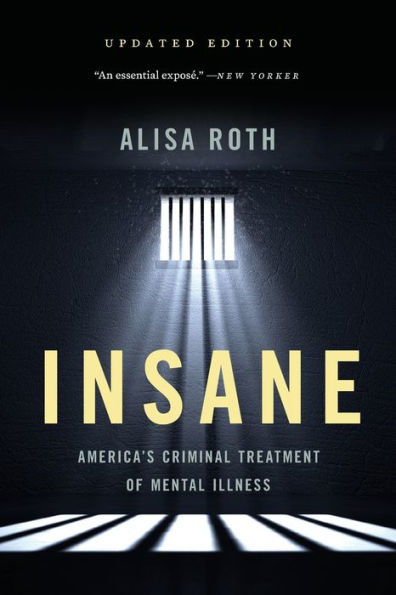
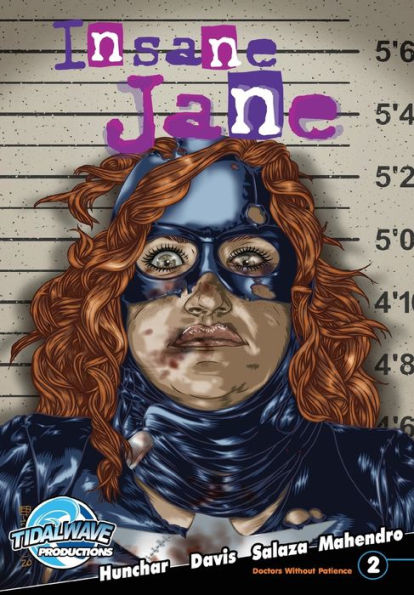



![Without a Net [3 LP Bluejay Color Vinyl] [Barnes & Noble Exclusive]](https://prodimage.images-bn.com/pimages/0081227819644_p0_v4_s600x595.jpg)


